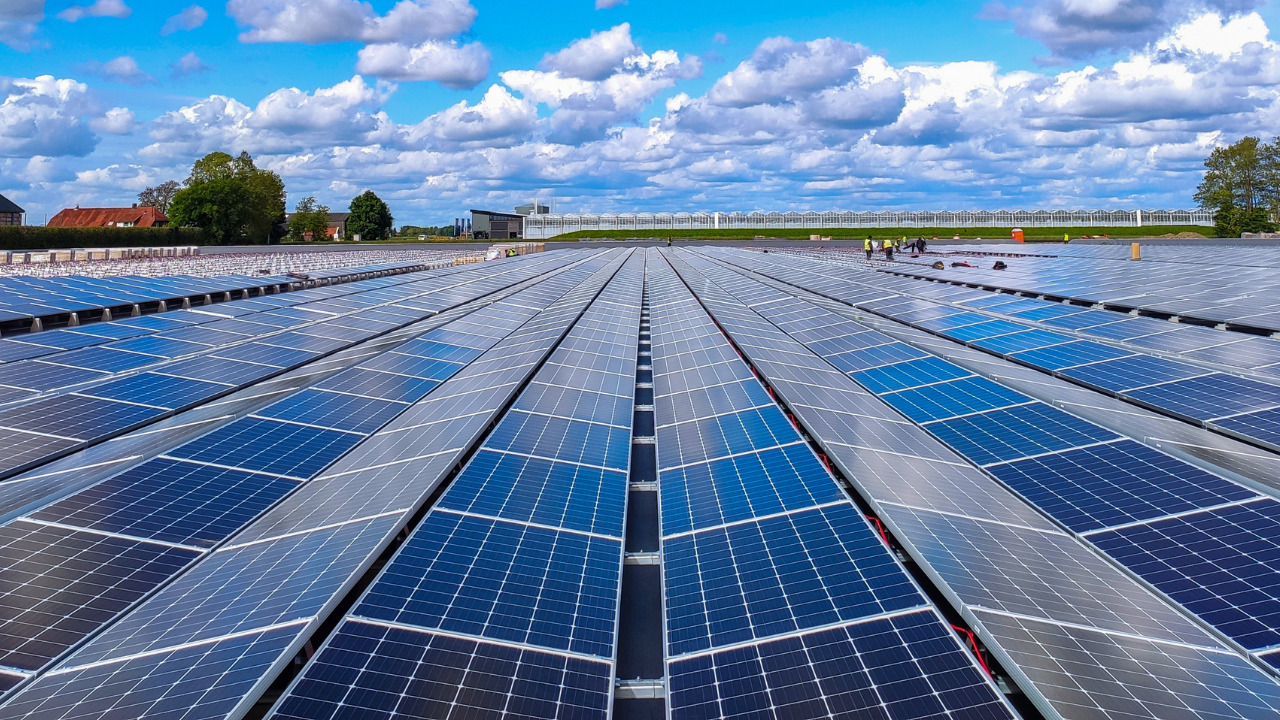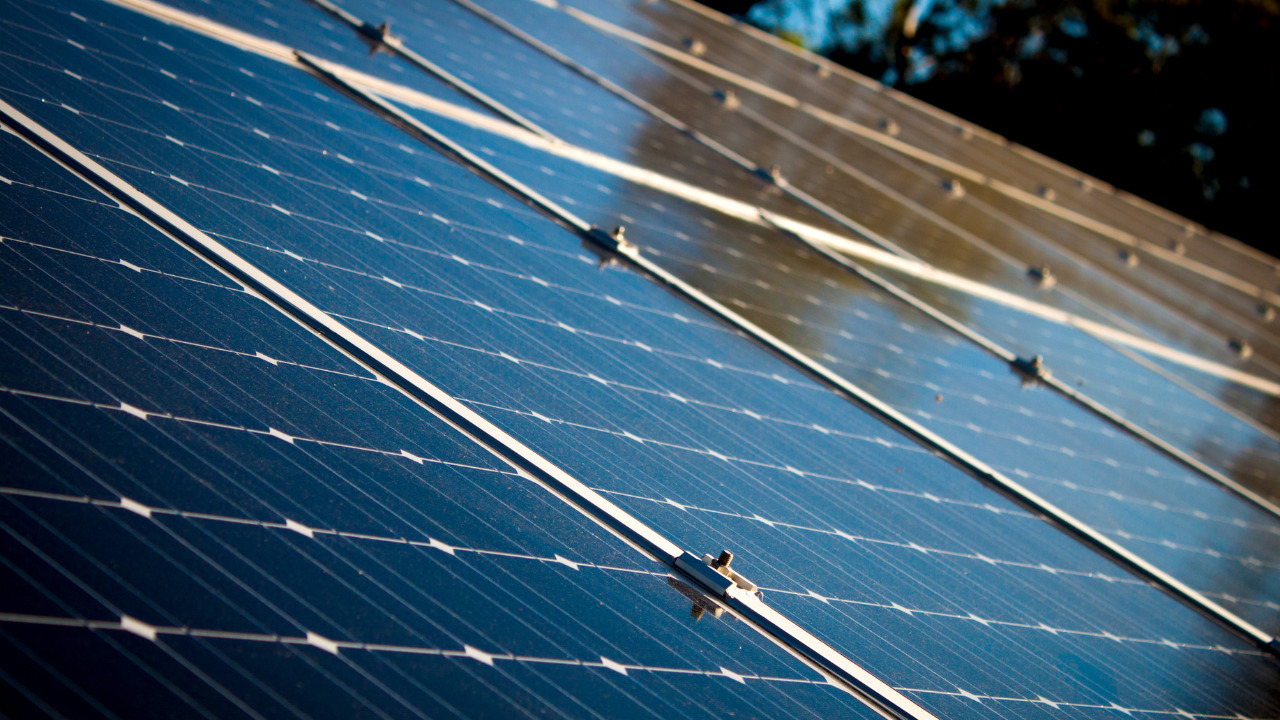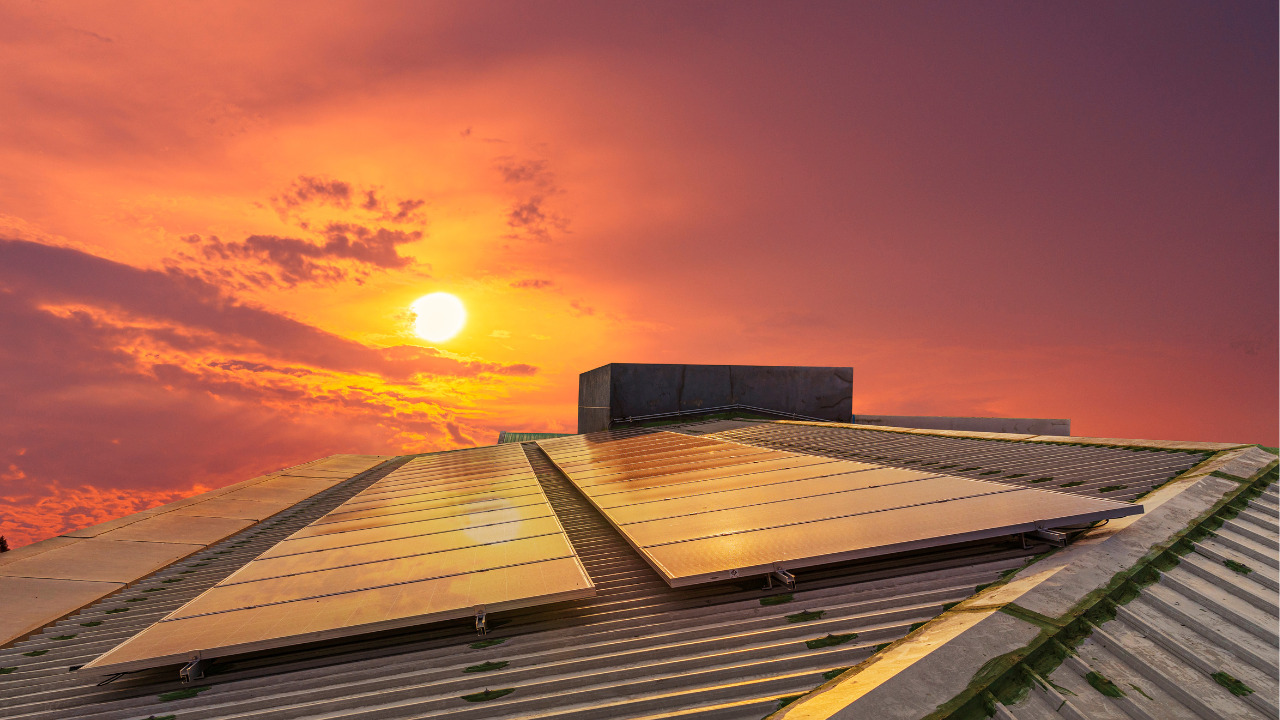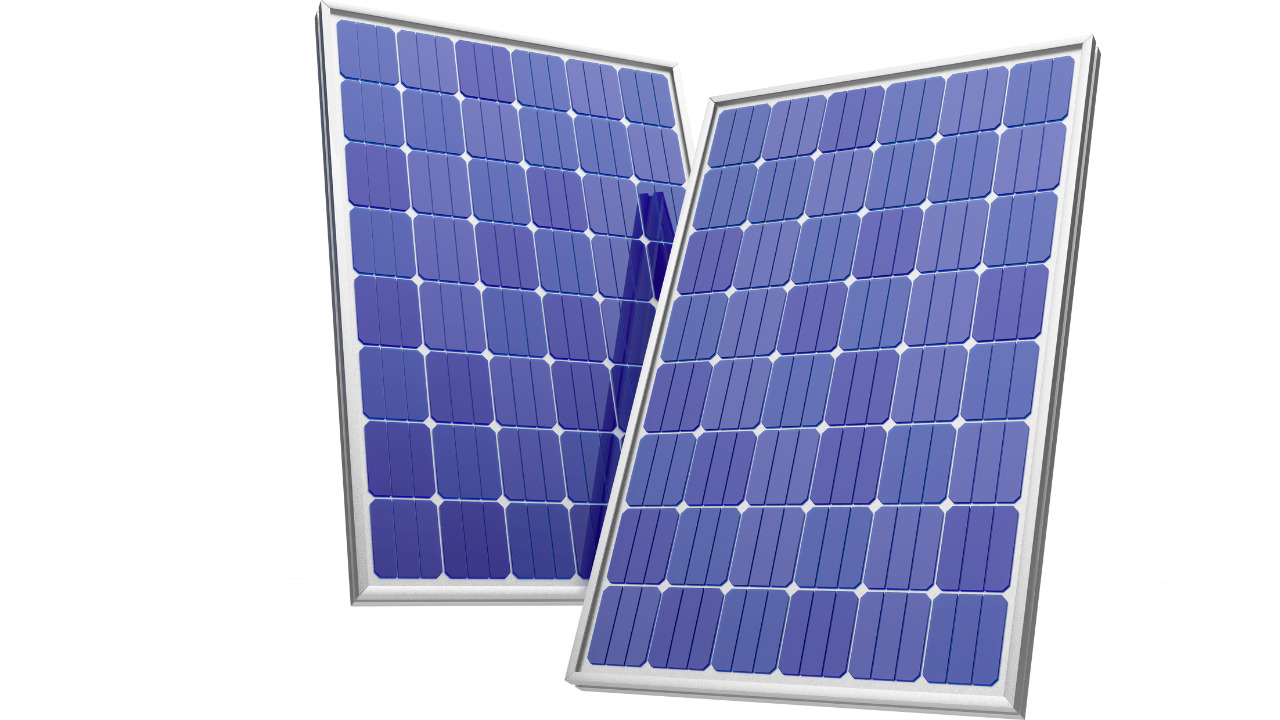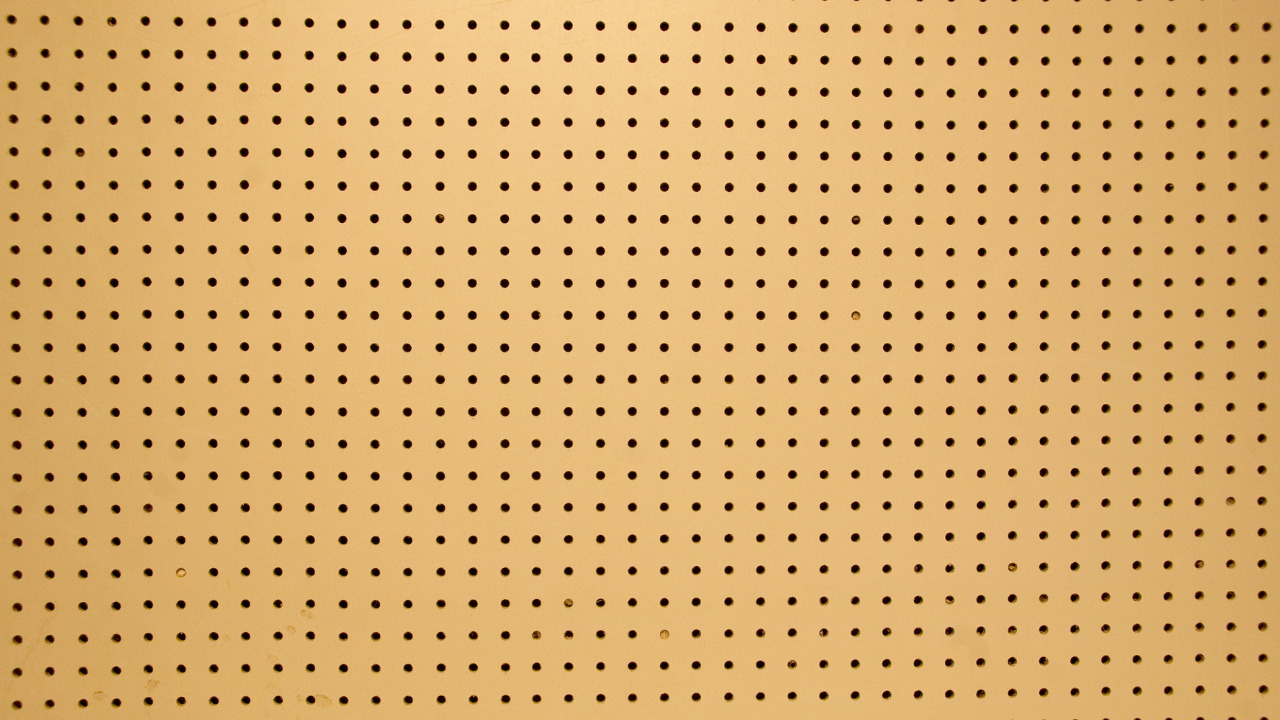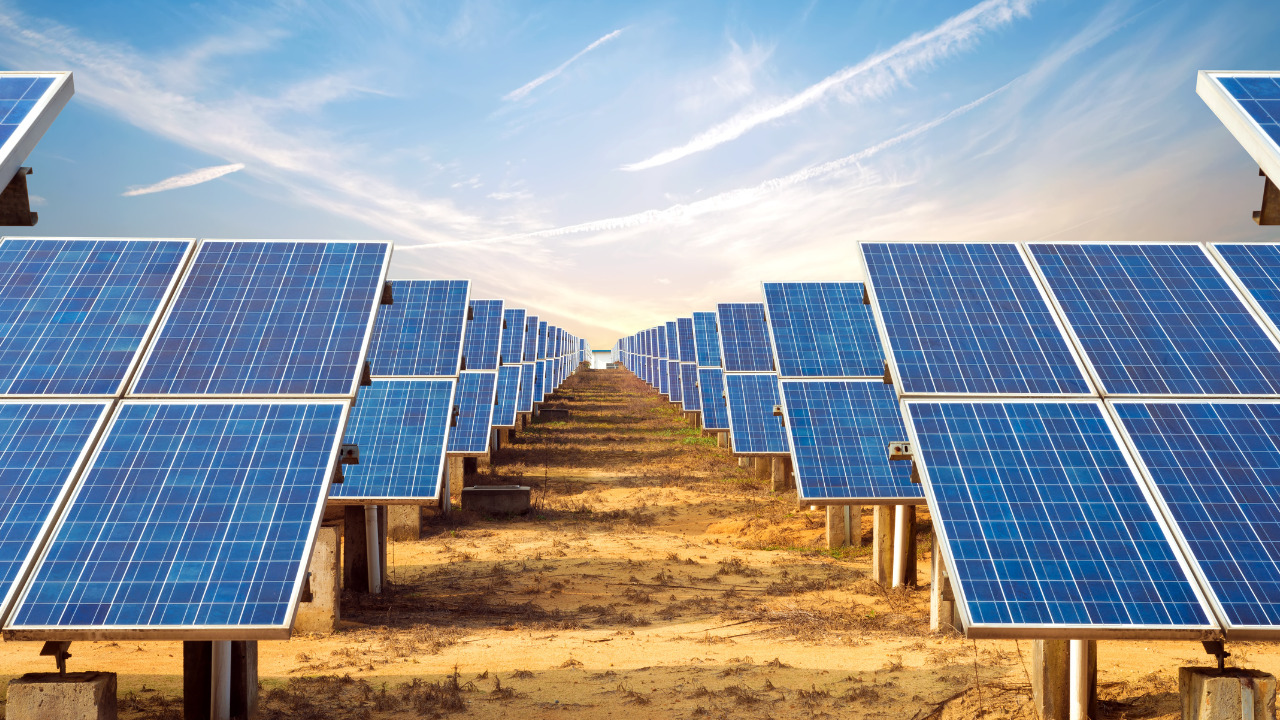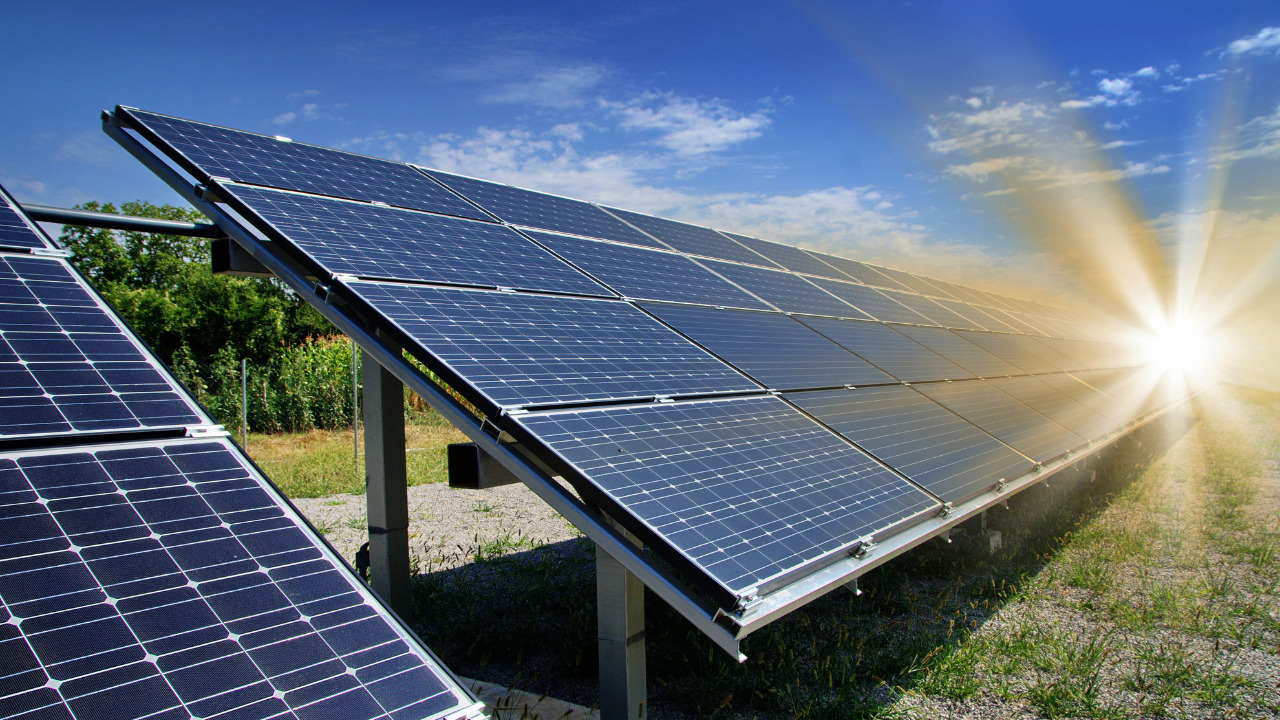3D solar panels may produce more solar energy than ordinary solar panels. The best thing is that these systems save money on electricity and can be built up vertically to accommodate any size or given space. Yes, it appears to be an intriguing innovation, but the essential point is that they are simple to construct and program if you are know-how.
Most of us seek environmentally friendly power generation alternatives to provide reliable electricity without breaking the bank. Installing 3d solar panel systems in a small space is currently one of the most recommended solutions.
A DIY option should be less expensive than having a system built up front. However, building the panels yourself may cost you more money in the long run. The materials could not be as effective or last as long. If you also want to build the 3D solar panel yourself, continue reading:
Table of Contents
3D Solar Panels: An Overview
Compared to the 3D system, which uses 16 modules instead of the flat solar system’s 22 modules, the traditional flay system can produce 6200kWH annually. The 3D tower produces 2.5 times more energy. This results in a 30% reduction in the number of muddles needed and the amount of space needed.
The conventional flat solar panel is sometimes ineffective. 3D solar towers are unquestionably useful for those who have complicated architectural designs. Years ago, you couldn’t use solar panels because of the complicated surface, but now you can use the sun’s energy thanks to advances in solar technology.
Why Do You Prefer Using The 3D Solar Panels?
3D solar power has already begun to be used by people worldwide. The 3D solar tower structure is far superior to flat panels since the tower can generate significantly more energy. It’s not as tough as you imagine constructing your 3D solar towers.
All you have to do is arrange the panels in a zigzag pattern. Even when solar panels are positioned or put in a tiny space, the zigzag pattern design is great for exposing them to direct sunlight.
3d solar panel towers can capture off-peak sunlight, making them useful for household use. Traditional solar panels are ineffective in regions and circumstances where these cubes can capture the sun. When the sun’s angle is lower during winter or in regions distant from the equator, this new design is no longer screwed up.
Way To Build 3D Solar Panels
If you follow the appropriate mentor and have detailed video guidance and blueprints, building 3D solar panels is a breeze. Building DIY 3D Solar Panels does not imply that you will construct solar panels from the ground up, which is difficult and requires mechanical parts and engineering knowledge.
However, you may buy the right solar panels and assemble them at home according to your demands.
1) Layout A Design
Begin by constructing a solar cell template of plywood, cardboard, a staple gun, and tile spacers. Assemble all components, ensuring they are all aligned before screwing them together.
First, gather solar panels, appropriate batteries, wiring and connectors, an inverter for electricity storage, and a 3D frame to construct vertically stacked 3D Solar panels. As a result, you can construct your own DIY 3D Solar Panels array to generate additional electricity to power your home.
2) Choose The Right Type Of Solar Panels
The primary questions are what type of solar panels should be used, what type of batteries should be used, how to link the wires, how many solar panels should be staked to power your home, and how to store surplus electricity.
You might obtain the answers and video instructions online, but putting them together and following them will be difficult because they come from different sources and authors.
3) Assemble And Connect The Cells
After that, connect the solar cells in series or parallel, remembering that the bottom side is positive and the top side is negative. To connect the cells, a bus wire can be used.
After assembling the cells, you must drill holes in the frame to connect the negative and positive terminals. However, if you want to drill exact markings, you can first set the cells in their proper locations.
4) Use A Pegboard To Glue The Cells
After you’ve linked the terminals, use silicone to bind the cells to the pegboard. Then, solder the bus wire and connect the two cell strings on one side. Prepare your gauge wires for soldering after you’ve hooked the strings in series. Their red and black color scheme makes them easily identifiable.
5) Arrange The Wires And Solar Panels In A Zig Zag Pattern
Follow the same steps to make a few more solar panels. To make the 3D structure, you must join their wires and place them in a zigzag pattern using a racking or mounting system. Now, it’s time to connect the entire system with a charge controller to control it according to your needs.
Connect the controller to a battery and, of course, a solar inverter to convert the solar energy produced by the 3D solar system once you’ve established a secure connection.
Benefits Of Using 3D Solar Power
Considering all the advantages, you’ll realize why so many people use this new technology to power their homes. Check out a few advantages of using 3D solar energy to power your home.
- The coolest thing about this is that it produces more electricity than conventional flat solar panels while using fewer solar panels overall.
- The cost per kWh is decreased when bifacial PV modules are used. More square meters and 10–20 times more energy are available than with the older flat panels.
- Please don’t be anxious about the installation if you are one of such people. Learning how simple it is to erect 3D solar towers may surprise you.
- The 3D Solar Towers won’t let you down in the early and late hours, during the winter, or when flat panels would have.
Frequently Asked Questions
What is the basic type of solar panels?
Monocrystalline solar panels, polycrystalline solar panels, and thin film solar panels are the three most popular varieties of solar panels on the market. For various situations, many types of solar panels are produced.
Is a DIY solar panel cheaper than a built solar panel?
You should pay less upfront for a DIY option than for a system installation. Yet, it can cost you more in the long term if you construct the panels yourself. It’s possible that the materials won’t perform as well or last as long.
Is it easy to build a solar panel?
It is advisable to let the experts handle the component installations and electrical wiring. The accurate response may be that installing solar panels is complex, not difficult. Yes, installing solar panels yourself can be challenging if you don’t like being on a roof or feel uncomfortable working with electricity.
Conclusion
Without question, there are numerous financial advantages to choosing solar. It significantly reduces your monthly energy use and expenditures and can raise your home’s overall value. As a result, it’s unsurprising that an increasing number of homes are considering DIY solar projects to save money.
If you ask us for suggestions, we think making your 3D solar panel is better than buying one because the former is cost-effective.
Furthermore, the entire procedure can be a pleasurable and educational experience. Just ensure you get the correct charge controller, battery, and solar inverter, and your solar system will soon be able to power your electrical appliances.


